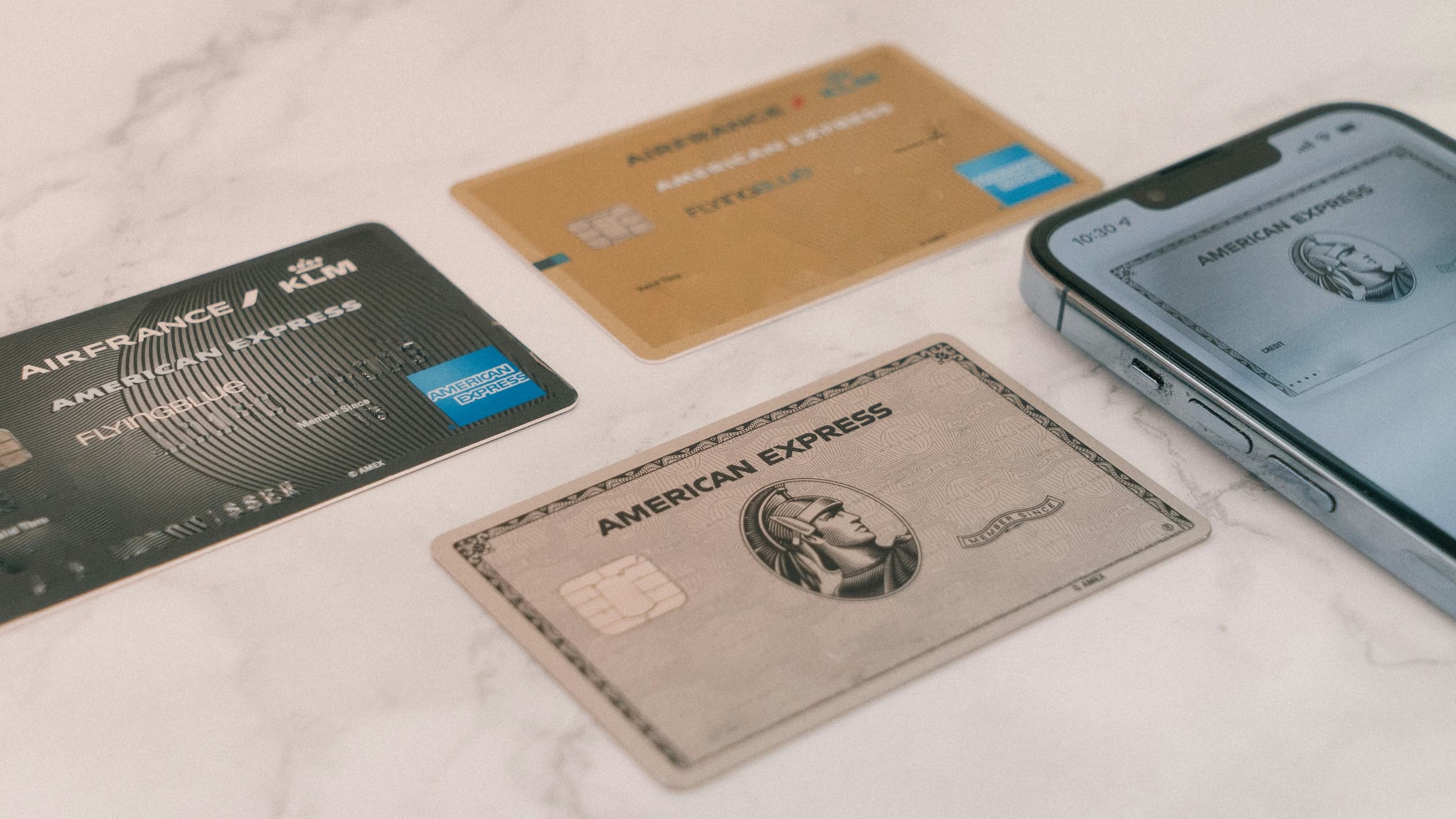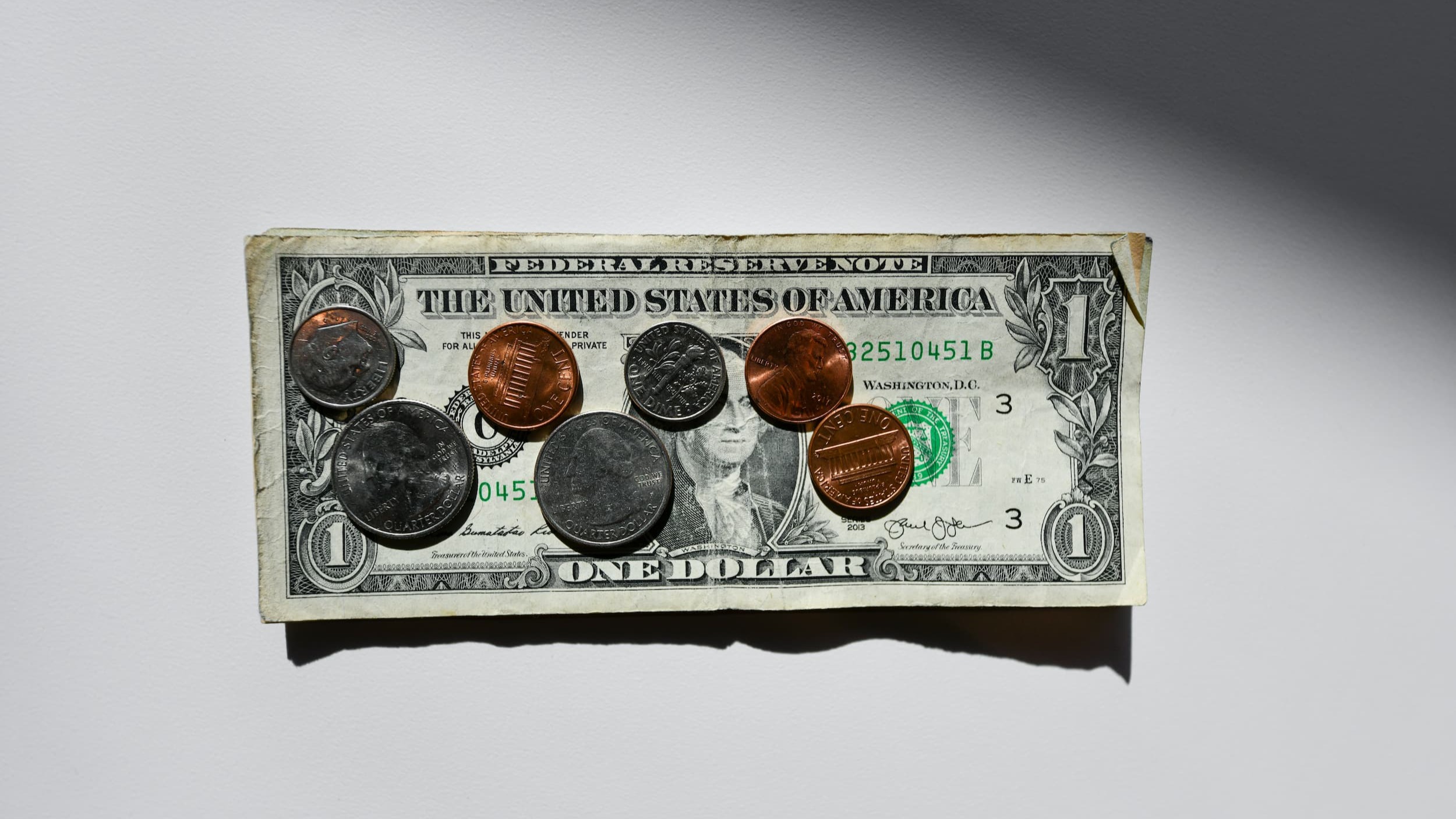 Your Money
Your Money What Was the Largest Credit Card Purchase Ever?
The largest credit card purchase in history was made by Chinese magnate Liu Yiqian in 2015. Find out what he bought and how much he spent.



Domestic transfers are typically processed instantly, but sending money abroad is a different story. While common, one of the biggest questions remains: how long does it take for an international transfer to reflect?
The reality is that these transactions are influenced by the network of banks involved and several other factors. This makes it crucial to understand how international wire transfers work, and in this post, we explain it all.
You’ll also learn about associated costs and estimated timelines for these operations. Keep reading.
To understand how long it takes for an international transfer to reflect, you first need to know how it works.
In general, the process is straightforward but requires interbank connections and, often, currency conversion. These aspects can determine how long the transfer might take.
Here’s how it works and what’s needed at each step:
To start, you’ll need the following information:
The recipient's full name and address.
The receiving bank’s details (name, address, and country).
The beneficiary’s account type and number.
The receiving bank’s identification code, such as BIC/SWIFT or a routing number for the U.S.
The reason for the transfer (optional, but sometimes required).
You can initiate the process via your bank account using online banking, a mobile app, or by visiting a branch.
The sending bank securely notifies the receiving bank via the SWIFT network. This system uniquely identifies each bank, ensuring the funds are transferred to the correct institution.
In some cases, the sending institution may need to pass funds through intermediary banks to reach the recipient’s bank. This adds extra fees to the total transfer cost.
If the sending currency differs from the recipient’s account currency, the funds are automatically converted by the bank. For instance, if sending money from the U.S. to Mexico, the bank converts USD to MXN.
Banks often charge higher rates for currency conversion compared to other services, so it’s important to check exchange rate fees to understand the final cost.
Once the conversion is complete, the funds are sent to the receiving bank. They are then deposited into the beneficiary’s account, completing the process.
Each international wire transfer involves charges that vary depending on the banks involved, the amount sent, and currency conversion.
Here are the main types of fees you may encounter:
Sending bank fees.
Receiving bank fees.
Fees from intermediary banks.
Currency conversion fees.
Here’s an example of transfer fees charged by BBVA:
Method | Commission |
From a branch | $39 USD + VAT |
Online | $20 USD + VAT per transfer. |
BBVA Net Cash (for businesses/government) | $20 USD + VAT per transaction. |
Comprehensive Treasury System | $280 MXN + VAT per event. |
For receiving an international transfer at BBVA, the fee is $30 USD + VAT, regardless of the amount. Additional external charges, such as intermediary and beneficiary bank fees, may apply.
Another example is Santander MX, which charges $35 USD for sending and $20 USD for receiving international transfers.
International wire transfers through traditional banks usually take longer to complete than domestic transfers.
For instance, sending money to the U.S. via ABA (American Bankers Association) can take up to 24 hours.
How long does an international Swift transfer take?
In case it is with SWIFT/BIC code, it takes 1 to 5 working days. Whether it is made to an IBAN account or not.
However, there are several factors that can extend the time, such as the number of intermediaries or if a currency conversion is required. The country you want to send to, the amount of money or the day you make the transfer may also play a role.
Delays in some transfers can occur for a variety of reasons, including:
Security screening. Preventive measures by banks to prevent fraud are often a reason. This is especially true for large money transfers or transfers between regions with high levels of financial surveillance, adding more days to the process.
Erroneous or missing data. Any errors, discrepancies or invalid information in the data entered require corrections, and these types of adjustments create delays.
Currency conversion. As mentioned, when the transfer requires a currency conversion, the deadline may be extended.
Start time. Another common reason for delay is if you send funds outside bank business hours. This is also the case if you send funds over the weekend or on a bank holiday, as they are not processed until the next business day.
Also note that banks may have different processing times.
So some transfers may take up to a week or more to complete. Especially if problems arise in any of these areas.
The easiest and most cost-effective way to send international transfers is through DolarApp.
First, it lets you open a digital dollar account in minutes with no additional costs. Once activated, you can send and receive dollars via ACH or Wire transfers as if you were in the U.S.
This means no currency conversion fees.
Additionally, DolarApp charges a flat fee of just $3 USD per transaction, regardless of the amount sent.
You can also link a Mexican peso bank account to convert your money into USDc. Best of all, this process is free and instant, and you get the best exchange rates.
Need to convert USDc to MXN?
That’s also possible—just select "send" and choose your linked bank to transfer the funds. This makes DolarApp your best choice for international transfers.

The world has borders. Your finances don’t have to.
 Your Money
Your Money The largest credit card purchase in history was made by Chinese magnate Liu Yiqian in 2015. Find out what he bought and how much he spent.

 Your Money
Your Money In most cases, the reference number in a transfer is a unique code that varies depending on the bank or system used.

 Your Money
Your Money Do you know what types of coins and bills circulate in the U.S.? Click here and find out which U.S. coins exist and their value.


